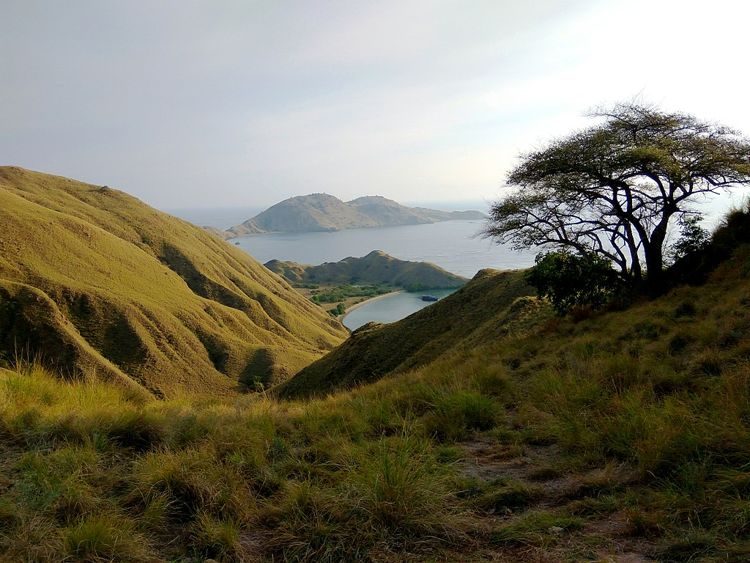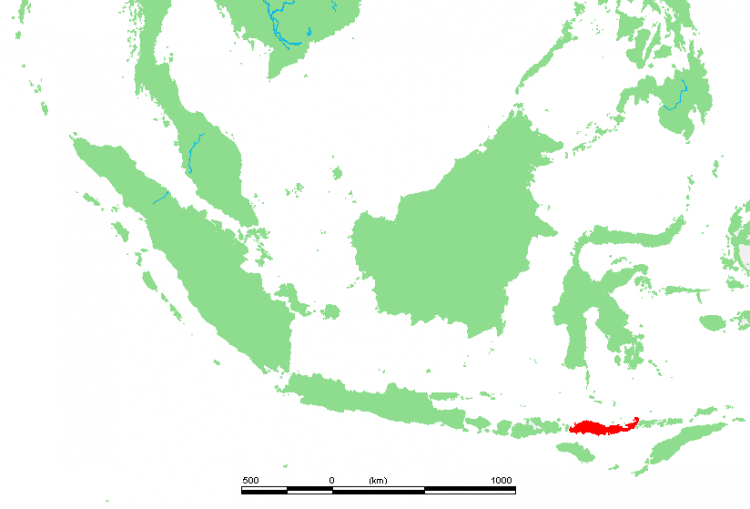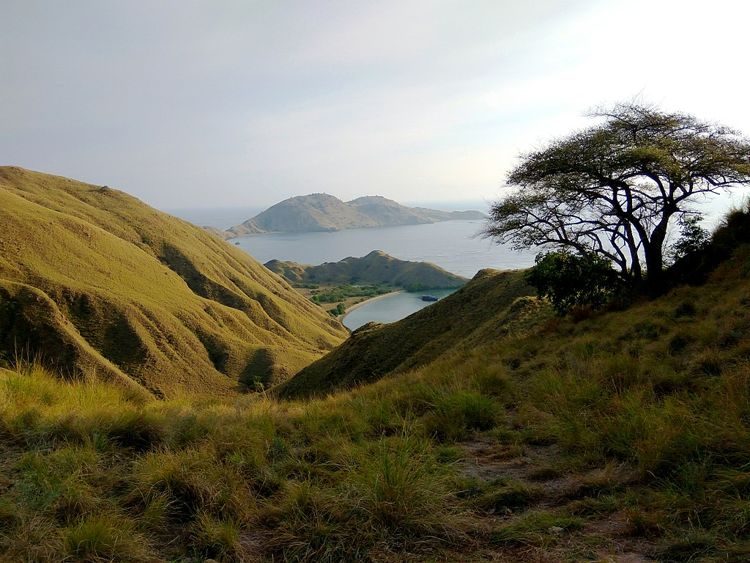Ever since the remains of “Homo Florensis”, an extinct species of unusually short humans, were discovered on Flores Island, in eastern Indonesia, scientists have been fascinated with this patch of land, which apparently has the power to somehow make mammals shorter and smaller.
It all began in 2004, when the remains of a human who would have been about 1.1 m in height were discovered at Liang Bua cave. Partial skeletons of nine other individuals were subsequently unearthed and analysis showed that they were part of a yet unknown species of the “Homo” genus named Homo Florensis. It’s estimated that they lived on Flores Island roughly 190,000 to 50,000 years ago. With an average height of just 1.1 meters, they were shorter than modern pygmies which earned them the nickname of ‘real-life hobbits’. Scientists believed they were the ancestors of the pygmies currently living on Flores Island, which made perfect sense, only it turns out that the two have nothing in common. If anything, both species had been independently “shrunk” by the island itself.

Photo: Stepgun/Wikimedia Commons (CC BY-SA 4.0)
In several of the villages around the cave in which the remains of Homo Florensis were found, the average adult is only 4.9-feet-tall (1.49 m). In the beginning, scientists assumed that they were descendants of the extinct “hobbits” of Flores Island, who at one point interbred with Neanderthals and Denisovans, the DNA of which is now present in all non-African humans alive today. The modern pygmies of Flores Island shared the short stature of Homo Florensis, but scientists needed irrefutable proof that they shared the same DNA.
In 2013, a scientific expedition to this fascinating Indonesian island asked permission from the head of Rampasasa Village, near Liang Bua cave, to collect saliva samples from the villagers in order to analyze their genome. The results were published last year and shocked many in the scientific community. It turns out that while the modern inhabitants shared a similar amount of Neanderthal and Denisovan DNA as other humans in South-East Asia, they had no sign of Homo Florensis DNA.
“They kind of fit in where you’d probably expect them to fit in, in terms of ancestry, when you compare that group of people to other populations in South-East Asia, Oceania and so on,” University of Queensland geneticist Peter Visscher said.

Photo: Demis.nl/Public Domain
It’s a known fact that homo sapiens migrated to Flores Island on two separate occasions over the last 70,000 years, and both times their size decreased drastically, as it probably happened with Homo Florensis before them. But humans weren’t the only species to suffer this mysterious decrease in size. There was also an elephant species that weighed only 300kg (1/18th the weight of its relatives) and only reached an average human’s shoulder in height.
So with no strange or unknown stretches of genetic material that could be attributed to Homo Florensis, and the existence of a now extinct dwarf animal on the island, scientists started looking at Flores Island as a hub of dwarfism. Instead of human interbreeding, it seemed that the reduced stature of mammalian inhabitants was determined by natural selection.
“We looked at the variants in the pygmy population and asked: ‘Are they enriched for height-decreasing gene variants?'” Professor Visscher said. “That’s exactly what we found — more height-decreasing variants in the Flores sample than other samples from South-East Asia and Oceania.”
It’s not clear what exactly caused mammals on Flores Island to decrease in size over tens of thousands of years, but some scientists it may have something to do with food scarcity, where having a smaller body is easier to support, or with predation. But one mystery science has been unable to solve is why the people of Flores Island are so much smaller than those on surrounding islands.
“The pygmy population on Flores Island is one population on one island in Indonesia, but there have been many other humans living in the same area on other islands that haven’t become small,” Bastien Llamas, a palaeogeneticist at the University of Adelaide, told ABC.net.au. “So something is going on in that population that’s quite different from other humans [nearby], and the study suggests selection on multiple gene variants led to short stature.”
“Whatever the ecological factors are for island dwarfism are, they are present in spades on this island,” Richard E. Green, a geneticist at the University of California, Santa Cruz, said. “That’s what makes it so fascinating.”
So there was something about living on Flores Island that caused humans and at least one other species of mammal to decrease in size, but no one knows exactly how or why. I guess it’s one of the few mysteries science cannot yet explain.













